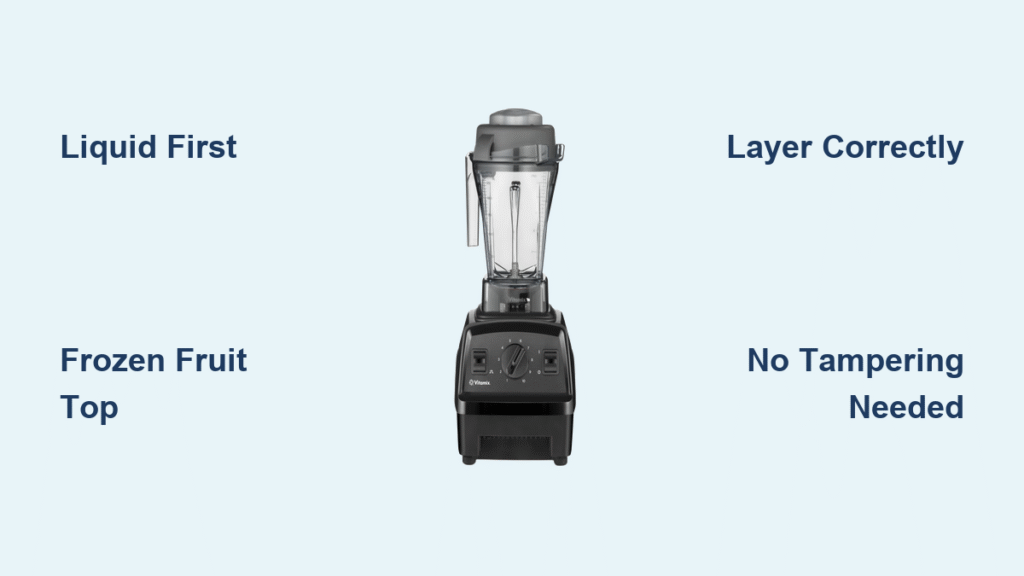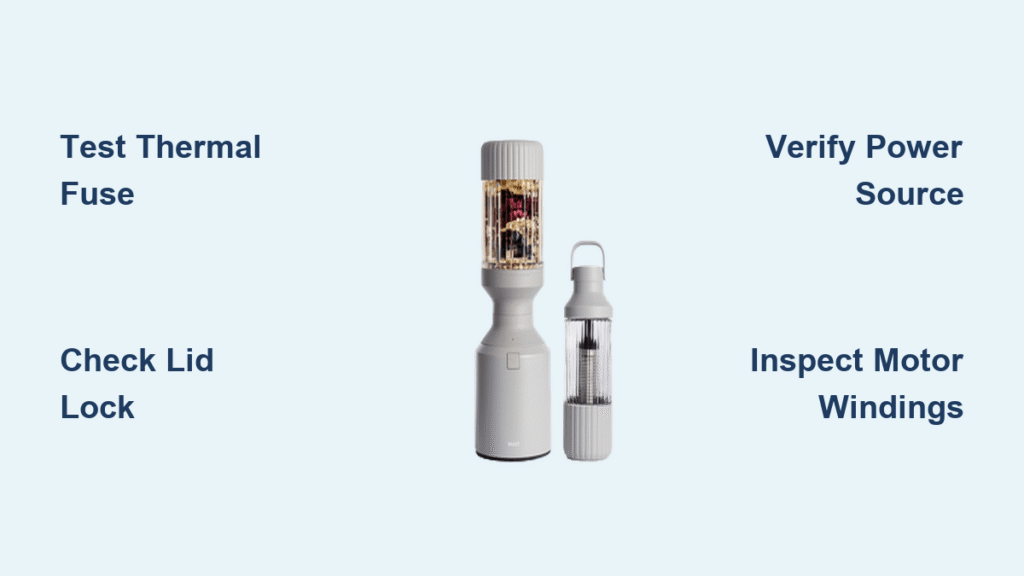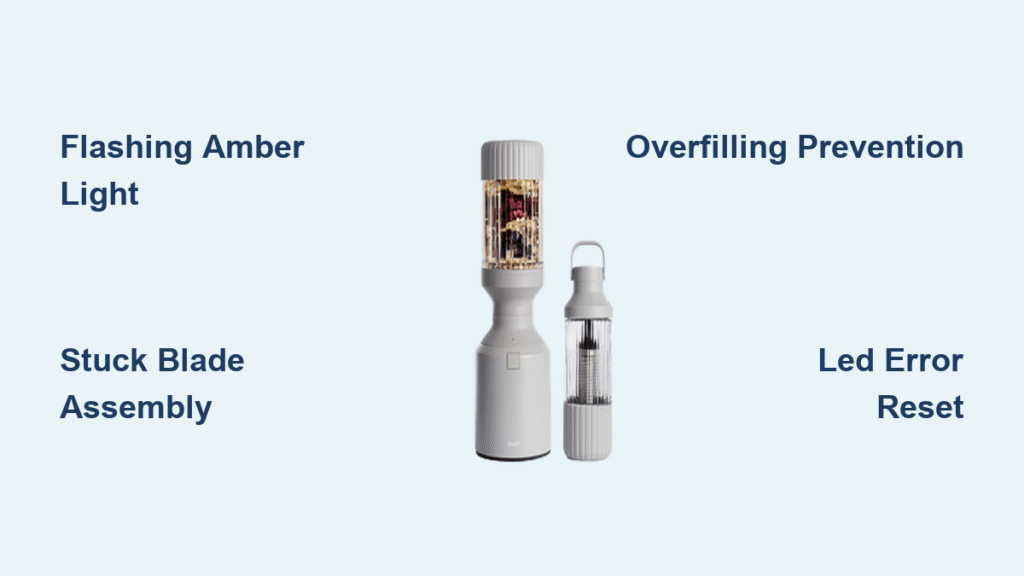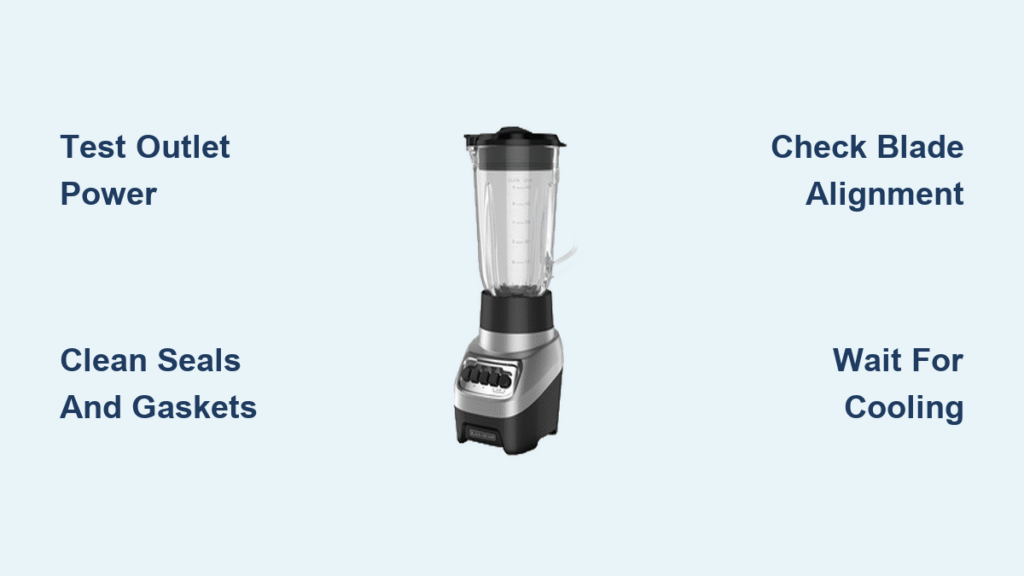Your Vitamix suddenly refuses to blend frozen fruit because you’re loading ingredients in the exact opposite order of what the blender needs. When rock-solid berries hit the blades first, your motor instantly strains against immovable objects—killing momentum before it can build. This creates chunky smoothies, overheating alarms, and that frustrating high-pitched whine that means your blender is fighting for its life.
The solution isn’t buying expensive blades or replacing your machine—it’s flipping your ingredient sequence. Most home blenders fail because they follow logical intuition: “Put frozen fruit at the bottom where blades spin.” But Vitamix engineering demands the reverse. When you position frozen fruit at the top instead of the bottom, the vortex forms correctly and pulls ingredients downward smoothly.
You’ll discover this single adjustment transforms icy smoothies from a 3-minute battle requiring constant tampering into a seamless 45-second process. Forget buying “special frozen fruit settings”—proper layering solves 95% of frozen blending failures immediately. Let’s break down exactly how to load your container for buttery-smooth results every time.
The #1 Fix for Vitamix Not Blending Frozen Fruit: Proper Layering
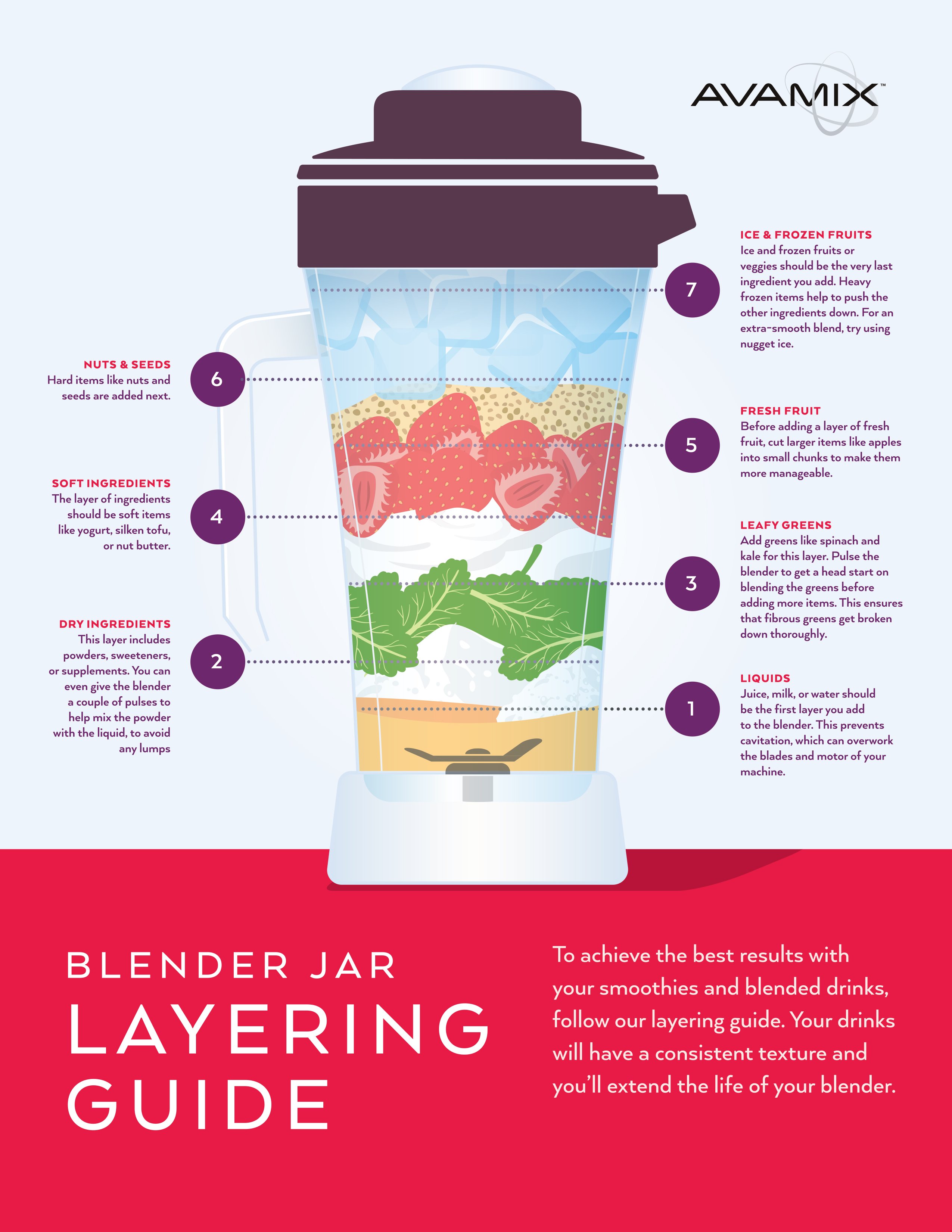
Vitamix-Approved Loading Order (Bottom to Top)
Follow this exact sequence:
1. Liquid foundation – 1-2 cups creates initial vortex power
2. Powders & grains – protein powder, chia seeds, oats dissolve instantly
3. Soft greens – spinach or kale blends before frozen fruit arrives
4. Fresh produce – bananas or avocados provide transitional texture
5. Frozen fruit – positioned only at the very top
This sequence lets blades engage with liquid first, building torque for 3-5 critical seconds before encountering frozen resistance. When you reverse this order, frozen chunks immediately jam against blades like concrete blocks. The motor can’t generate the 2-3 horsepower needed to create the self-pulling vortex—resulting in that dreaded “spinning but not blending” failure.
Why This Sequence Prevents Motor Strain
Your Vitamix needs liquid to create the initial hydrodynamic force that lifts ingredients. Starting with frozen fruit eliminates this cushion, causing instant blade stall. With liquid at the base, the blades generate centrifugal force that pulls frozen fruit downward as it softens—rather than forcing blades through solid ice.
Notice the sound difference: Proper layering produces a smooth, low-pitched hum as the vortex forms. Incorrect loading creates that alarming high-pitched whine within 10 seconds—your blender screaming “I can’t move this!” This isn’t just annoying; it risks overheating sensors that shut down your machine mid-blend.
Spot Frozen Fruit Blending Failures in Seconds
Immediate Red Flags You’re Loading Wrong
- Blades spinning but ingredients stationary – Frozen fruit forms an impenetrable barrier at the bottom
- High-pitched motor whine within 5 seconds – Motor straining against solid resistance
- Tamper required before 15 seconds – Vortex never formed to pull ingredients down
- Liquid pooled at bottom with frozen chunks floating – Complete lack of incorporation
These aren’t “normal blender sounds”—they’re urgent warnings your layering sequence is wrong. If you hear that whine, stop immediately. Continuing strains the motor and risks triggering thermal protection shutdowns that require 30+ minutes of cooling time.
The 5-Second Visual Test
Peek through your container within 5 seconds of starting: If individual frozen berries or mango chunks sit perfectly still at the bottom while blades spin beneath them, you’ve got classic layering failure. Proper blending shows immediate liquid movement that starts pulling frozen fruit downward within 10 seconds.
Perfect Container Loading: Step-by-Step
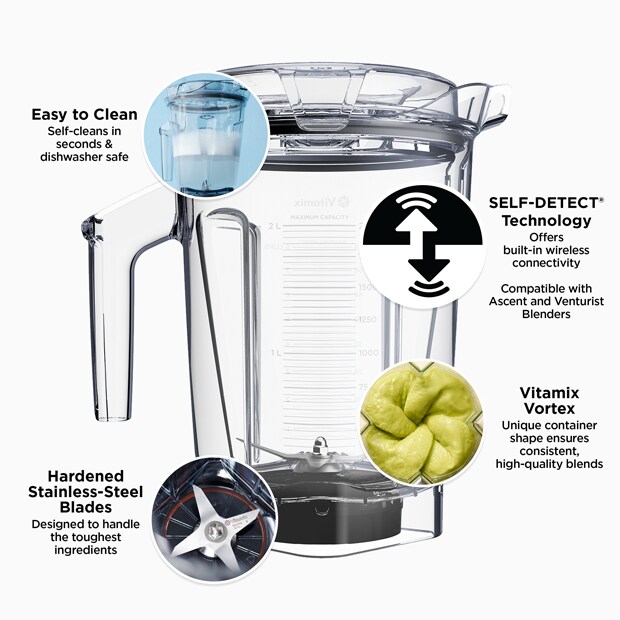
Build Your Liquid Foundation Correctly
Pour 1 cup minimum of liquid directly onto the blade assembly for single-serve smoothies (1.5 cups for 64oz containers). Coconut water works fastest due to its thin consistency, but any liquid creates the initial blending medium. This isn’t just “adding liquid”—it’s creating the hydraulic lift system your Vitamix needs to function.
Critical mistake to avoid: Never add frozen fruit before liquid. Even 10 seconds of blade-spinning against solid ingredients can overheat motors. Always secure the lid after adding frozen fruit to prevent splatter when the vortex forms.
Strategic Solid Placement for Seamless Blending
Add powders next—they dissolve instantly in the liquid base without creating resistance. Then layer ingredients from softest to hardest: leafy greens before fresh fruit, fresh fruit before frozen. Think waterfall physics: Liquid flows up through ingredients, not down onto frozen blocks.
Your frozen fruit should visibly sit above all other ingredients with no direct contact with blades. When layered correctly, you’ll see the vortex gradually pull frozen chunks downward like a liquid conveyor belt—no tampering needed.
Pro Loading Tip for Thick Smoothies
Leave a 1-inch gap between frozen fruit and container lid. This prevents explosive overflow when the vortex forms (a common issue with acai bowls or dessert smoothies). For extra-thick blends, reduce frozen fruit by ¼ cup and add 2 tbsp rolled oats—they blend completely in 30 seconds while adding fiber.
Liquid Base Selection That Prevents Blending Failures
Performance-Rated Liquid Options
- Coconut water: Fastest vortex formation due to low viscosity
- Almond milk: Creates creamy texture without overpowering flavors
- Coconut milk: Ideal for tropical smoothies (use light version for easier blending)
- Cashew milk: Blends smoother than dairy milk with richer mouthfeel
Avoid water as your primary liquid—it lacks viscosity to create sufficient lift force. If using water, add ¼ cup oats or chia seeds to boost blending efficiency.
Texture Modifiers That Eliminate Grittiness
- Frozen riced cauliflower: Adds creaminess with zero flavor impact
- Rolled oats: Blends completely in 30 seconds while preventing icy texture
- Chia seeds: Thickens naturally without creating grainy residue
These ingredients dissolve into the liquid base during the critical first 5 seconds, creating a thicker blending medium that better lifts frozen fruit. Never add dry oats directly onto frozen fruit—they’ll clump instantly.
Advanced Fixes When Vitamix Still Won’t Blend Frozen Fruit
When Proper Layering Isn’t Enough
Check blade sharpness: Dull blades struggle significantly more with frozen ingredients. If your Vitamix is 3+ years old, replace blades—worn edges can’t slice through ice crystals efficiently.
Reduce frozen fruit size: Quarter large strawberries or mango chunks. Smaller pieces incorporate faster and reduce motor strain by 40%. Avoid pre-crushing in food processors—this creates icy slush that still stalls blades.
Adjust liquid ratios: Increase liquid by ¼ cup if vortex isn’t forming. The container needs 60-70% liquid volume to create sufficient hydrodynamic force. Measure carefully—eyeballing causes 80% of “layering worked yesterday” failures.
Temperature Balance Technique
Let frozen fruit sit at room temperature for 2-3 minutes while prepping other ingredients. This creates a microscopic surface thaw that allows blades to engage without resistance, while maintaining core frozen temperature for icy texture. Never fully thaw fruit—this defeats the purpose of frozen smoothies.
Prevent Future Blending Disasters
Daily Loading Checklist
- [ ] Liquid measured and poured before any solids
- [ ] Powders added while liquid is moving (prevents clumping)
- [ ] Fresh fruit layered under frozen fruit (never mixed)
- [ ] Frozen fruit visibly at top with 1-inch headspace
- [ ] Lid secured with container on base (prevents leaks)
Skipping just one step causes failure. Make this sequence non-negotiable—your Vitamix’s performance depends on precise physics, not intuition.
Weekly Maintenance That Extends Motor Life
Run a quick-clean cycle after each use: 1 cup warm water + 1 drop dish soap, blend 30 seconds on High. Residue buildup on blade shafts creates drag that mimics frozen fruit resistance. For stubborn buildup, add 1 tbsp baking soda to the cleaning cycle.
Quick Reference: Foolproof Frozen Fruit Formula
Base recipe (single serving):
– 1 cup coconut water (or almond milk)
– 1 tbsp chia seeds
– 1 cup fresh spinach
– ½ banana (fresh)
– 1 cup frozen mixed berries
Blend sequence: Start on Variable 1 for 5 seconds, quickly ramp to Variable 10 for 30-45 seconds. Stop when you see a smooth, continuous vortex with no visible chunks. If texture isn’t perfect, add 2 tbsp liquid—not more frozen fruit.
Key takeaway: Your Vitamix isn’t broken—it’s starving for proper layering. By positioning frozen fruit at the top instead of the bottom, you let physics do the work instead of fighting it. Master this sequence, and frozen fruit transforms from your blender’s nemesis into its specialty. The next time you make a smoothie, listen for that smooth, low-pitched hum instead of the whine—that’s the sound of perfect vortex formation. Load liquids first, build momentum gradually, and let your Vitamix deliver the creamy, chunk-free results it was engineered for. No tamper required, no overheating alarms—just one continuous blend to smoothie perfection.

